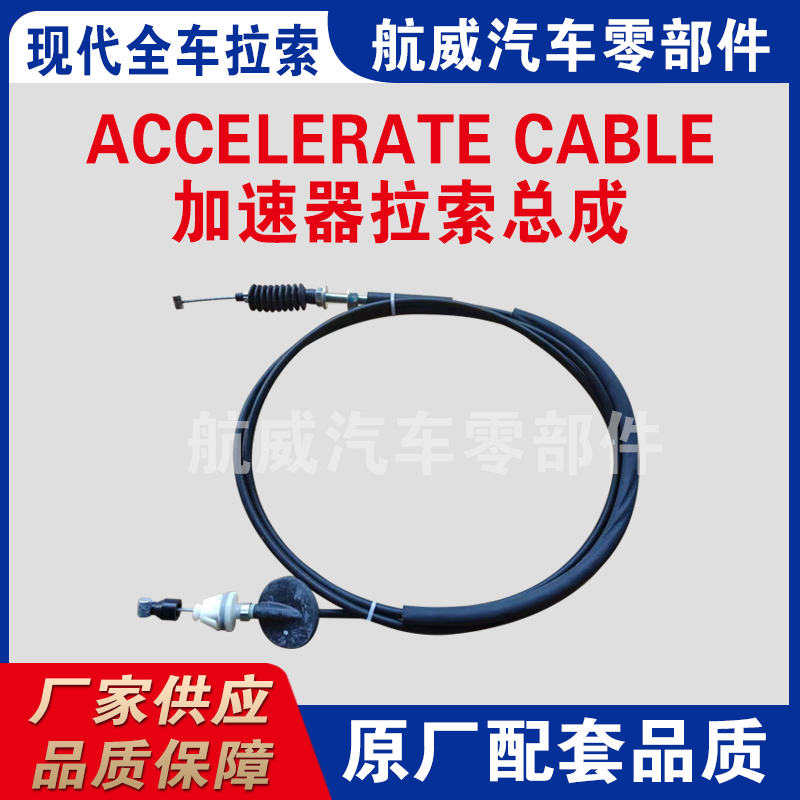push mower throttle cable
Understanding the Push Mower Throttle Cable A Comprehensive Guide
When it comes to maintaining a beautiful lawn, a push mower is an essential tool for many homeowners. The push mower is praised for its simplicity, affordability, and effectiveness. However, to ensure that your mower operates smoothly and efficiently, it's crucial to understand the various components that make up this machine, one of the most significant being the throttle cable.
What is a Throttle Cable?
The throttle cable is a vital part of a push mower's engine control system. Its primary function is to regulate the engine's speed by controlling the air-fuel mixture that enters the combustion chamber. In simpler terms, it allows you to adjust how fast or slow your mower runs by increasing or decreasing the throttle position. A properly functioning throttle cable can make a noticeable difference in the overall performance of your push mower.
How the Throttle Cable Works
The throttle cable connects the throttle control lever, usually found on the handle of the push mower, to the engine's throttle plate. When you pull the throttle control lever, it moves the cable, which in turn opens or closes the throttle plate. This action allows more or less air and fuel to enter the engine, thus changing the speed at which the mower operates.
Most push mowers are designed with a simple mechanism to adjust speed, allowing you to shift between idle for starting the mower and full throttle for cutting grass. Understanding this mechanism is crucial, especially when you encounter issues related to mower speed or performance.
Common Issues with Throttle Cables
Like any mechanical component, the throttle cable can experience wear and tear over time. Common issues include
1. Sticking or Binding If the throttle cable becomes frayed or dirty, it may stick or bind in the housing, making it difficult to adjust engine speed. Regular cleaning and lubrication can help prevent this problem.
push mower throttle cable

2. Disconnections Over time, the throttle cable may become loose or disconnected from either the throttle control lever or the throttle plate. This disconnection can result in a complete inability to control engine speed, rendering the mower ineffective.
3. Fraying or Breakage The cable itself can fray or break, especially if it is exposed to harsh conditions or not maintained properly. A broken throttle cable will prevent any throttle control, and replacement is necessary.
Maintenance Tips
To ensure the longevity and effectiveness of your push mower’s throttle cable, consider the following maintenance tips
1. Regular Inspections Check the throttle cable for signs of wear, fraying, or damage, especially before the mowing season begins. Early detection can prevent more significant issues.
2. Clean the Cable Keep the throttle cable free from dirt and debris that can affect its movement. A clean cable will operate more freely, contributing to smoother engine speed adjustments.
3. Lubrication Use a light lubricant on the cable and its connections to ensure they move smoothly. This is particularly important in areas with high humidity or adverse weather conditions.
4. Replace When Necessary If you notice significant wear or damage, it’s essential to replace the throttle cable promptly to maintain the performance of your mower.
Conclusion
The throttle cable is a small but crucial component of a push mower that directly affects its performance. Understanding how it works, recognizing common issues, and performing regular maintenance can ensure that your mower operates at peak efficiency. By taking care of your throttle cable, you can enjoy a well-maintained lawn and extend the life of your push mower. Happy mowing!
-
Workings of Clutch Pipe and Hose SystemsNewsJun.04,2025
-
The Inner Workings of Hand Brake Cable SystemsNewsJun.04,2025
-
The Secrets of Throttle and Accelerator CablesNewsJun.04,2025
-
The Hidden Lifeline of Your Transmission Gear Shift CablesNewsJun.04,2025
-
Demystifying Gear Cables and Shift LinkagesNewsJun.04,2025
-
Decoding Clutch Line Systems A Comprehensive GuideNewsJun.04,2025
